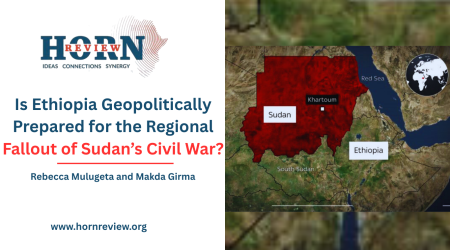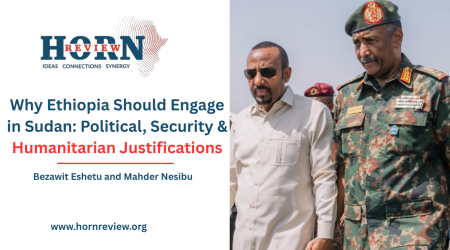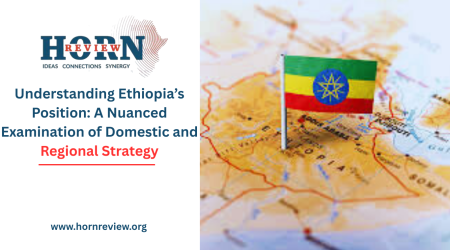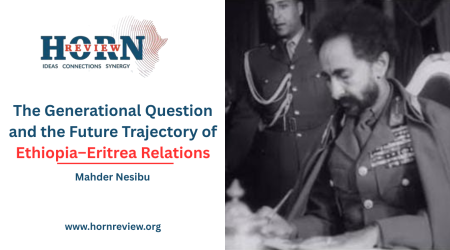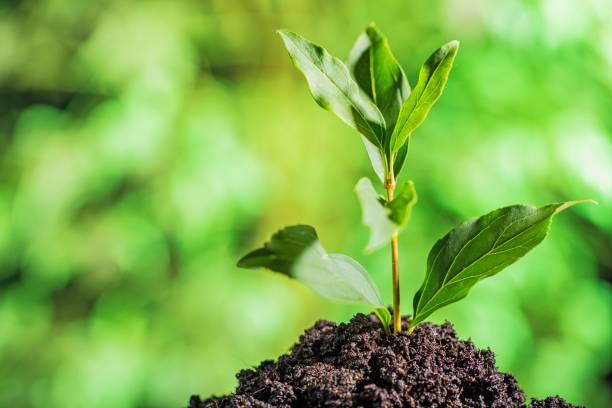
11
May
Rooted in Justice: Ethiopia’s Green Legacy and Africa’s Demand for Climate Reparations
Ethiopia’s journey from visionary leadership to grassroots mobilization offers a powerful blueprint for climate justice. Rooted in the foresight of Prime Minister Meles Zenawi, whose calls for environmental sustainability and economic equity laid the moral groundwork for today’s African-led climate agenda, Ethiopia has translated principle into policy. Through the Green Legacy Initiative, an ambitious vehicle import ban, and a nearly all-hydropower grid, the country demonstrates how national resolve and community engagement can drive ecological restoration and energy sovereignty, proving that homegrown solutions deserve global support and equitable financing.
Ethiopia’s Green Legacy Initiative, launched in 2019, has mobilized over 20 million citizens annually and planted 25 billion trees by 2024, boosting forest cover from 17.2% to 23.6%. This effort sequesters millions of tons of CO₂ while creating 767,000 green jobs, primarily for women and youth, in nursery management, agroforestry, and ecosystem restoration.
Integrated agroforestry systems further enhance food security and rural incomes, illustrating how ecological and economic goals can align. Complementing this, Ethiopia enacted a 2024 ban on gasoline and diesel vehicle imports, prioritizing electric vehicle assembly and charging infrastructure. With 90% of its electricity already sourced from hydropower, and with solar and wind projects expanding, the nation is leapfrogging fossil fuel dependency. These policies align with its Climate-Resilient Green Economy (CRGE) strategy, a pioneering 2011 roadmap for carbon-neutral growth.
Meles Zenawi’s approach to climate negotiations was marked by a firm and assertive stance on behalf of Africa: in June 2009, he declared in Addis Ababa that “Africa should demand compensation at the upcoming Copenhagen negotiations,” insisting that “those that did the damage have to pay” and cautioning that without significant funding from wealthy nations, “parts of the continent could become uninhabitable”. By September 3, 2009, addressing climate experts, he intensified his rhetoric, stating that Africa would veto any agreement failing to deliver the necessary finance and warning, “If needs be we are prepared to walk out of any negotiations that threaten to be another rape of our continent”. Then, at a special African Union session in November 2009, he reinforced the demand for legally binding reparations, refusing to “rubber stamp an agreement by the powers that be” and demanding equal partner status for Africa in the Copenhagen talks. His leadership of the unified African delegation underscored his pivotal role in articulating and defending the continent’s position on climate justice.
His ethos crystallized into Ethiopia’s Climate-Resilient Green Economy (CRGE) strategy. Established in 2011 as a first-of-its-kind roadmap for carbon-neutral growth, it embodies Zenawi’s moral framework that Africa’s development must be green, equitable, and uncompromising. These policies align national ambition with a clear, actionable plan. Zenawi’s advocacy for climate reparations and insistence that polluters pay for Africa’s adaptation predated today’s AU-led demands by over a decade.
Africa’s share of global emissions stands at approximately 4 percent, yet the continent endures climate shocks more intensely than any other region. According to the World Meteorological Organization, African countries face annual GDP losses of 2 to 5 percent due to extreme weather events, rising to as much as 15 percent in the most vulnerable states, and many governments allocate up to 9 percent of their budgets for adaptation measures. This imbalance between minimal responsibility for emissions and maximal exposure to climate risk has galvanized a unified call for climate justice across Africa.
African nations receive only around 1 percent of the world’s climate finance annually, a fraction of what is estimated to be necessary to meet adaptation and mitigation targets by 2030. At the 29th session of the UN Climate Change Conference (COP29), AU member states endorsed a New Collective Quantified Goal (NCQG) of $1.3 trillion per annum, demanding that industrialized nations and multilateral institutions bridge the financing gap. They emphasize that loans further entangle vulnerable economies in debt, insisting instead on grants and loss-and-damage funds that do not compromise sovereign development budgets.
Central to Africa’s stance is the concept of “ecological debt”; the obligation of high-emitting countries to finance adaptation and reparations in regions that have contributed least to global warming. This principle, championed by Zenawi and codified in AU demands, underpins calls for a loss-and-damage fund with streamlined operation at scale and with minimal bureaucracy. UN Secretary-General António Guterres reinforced this in Lesotho, calling for immediate capitalization of the new loss-and-damage fund and urging rich nations to fulfill, and exceed, their $300 billion annual climate finance pledges.
Africa’s advocacy also extends to ensuring that climate finance is accessible and equitable. The Pan-African Climate Justice Alliance argues that grants must predominate over loans to prevent exacerbating debt vulnerabilities. Moreover, calls for a permanent African seat on the UN Security Council reflect a broader demand for institutional reform, ensuring that African priorities are not sidelined in global governance.
The stakes could not be higher. With droughts, floods, and food crises intensifying, Africa’s development trajectory hangs in the balance. Ethiopia’s experience reveals three core lessons: proactive green investment yields economic and ecological dividends; climate equity is a prerequisite for sustainable development; and African agency is essential in shaping global climate policy. As the AU brings these arguments to the WTO, IMF, and beyond, Ethiopia’s Green Legacy and energy transition stand as living proof that Africa can lead the green revolution, it so urgently needs.
In demanding climate reparations, scaled green financing, and fair representation, Africa asserts that its future cannot wait. Ethiopia’s green revolution offers a blueprint: turn vulnerability into leadership, mobilize citizens for collective action, and insist that historical emitters pay their ecological debts. Only then can the promise of climate justice become reality, not just for Africa, but for the stability and prosperity of our shared planet.
By Tsega’ab Amare, Researcher,Horn Review



